Complete Guide to Energy Efficient Glass
Curious about energy efficient glass options for your home or new build? We’re here to help you understand the different types available, what energy-efficient glass actually is, and how to choose the right solution for your climate.
The Complete Guide to our Energy Efficient Glass Range
Australia’s climate poses unique challenges. Extreme heat in summer, and cold winters equate to rising power bills. Modern consumers are increasingly aware of the importance of reducing their environmental impact, actively looking for ways to make more sustainable choices.
At Stegbar we offer a range of innovative glass solutions designed to help homeowners balance comfort, sustainability, and style. The below is a guide that will help you understand the different energy efficient glass types, their benefits, and how to select the best option for your home’s location and design.
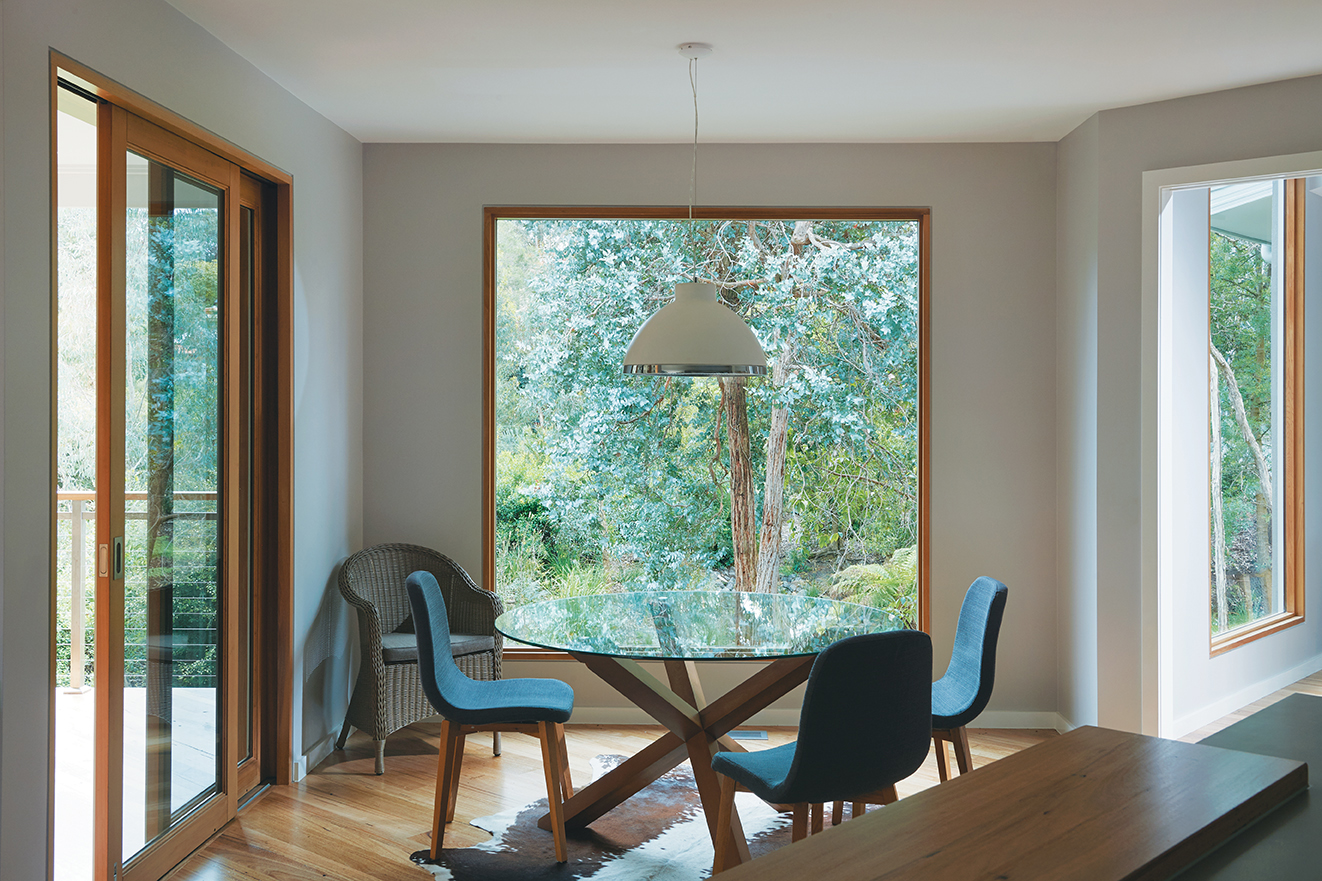
Understanding Energy Efficient Glass 101
What is energy efficient glass?
Energy efficient glass helps keep your home warmer in winter and cooler in summer. By improving window insulation, it reduces how much heating and cooling you need, so you stay comfortable while cutting down on energy bills and your environmental impact.
How many types are there?
There are three types of energy efficient glass these are:
- Low Emissivity - Low-E Glass:
Features a microscopically thin, virtually clear coating that reflects heat while allowing natural light to pass through. Low-E glass can have coatings on either the inside or outside pane to reflect heat in or out, depending on your climate needs. - Toned (Tinted) Glass:
Glass coloured during manufacturing with shades like grey, bronze, or green. It reduces glare and solar heat gain, enhancing privacy and comfort — particularly effective for homes exposed to intense sunlight or near water where glare can be an issue. - Double Glazing (Integrated Glass Units - IGUs):
Composed of two or more panes of glass separated by a spacer filled with air or inert gas, creating an insulating barrier. Double glazing drastically improves thermal insulation and noise reduction, ideal for cold or mixed climate zones.
Choosing the Right Glass for Your Climate
Before you start your renovation, it’s important to know which climate zone you’re in. These zones are set by the Australian Building Codes Board and help shape the energy efficiency standards in the National Construction Code. At Stegbar, we offer tailored advice based on your specific zone to help you choose the right glass for your home. See below the breakdown of each state:
- Warm Climates (e.g., QLD, Zone 2):
Use Low-E glass to minimise heat gain while maximising daylight, or toned glass to reduce glare and heat load. - Mixed Climates (e.g., NSW, SA, Zones 4 & 5):
Consider Low-E glass or double glazed windows for balanced insulation and comfort year-round - Cold Climates (e.g., ACT, VIC, Zones 6, 7 & 8):
Double glazing is highly recommended for superior thermal insula.tion, reducing heating costs.
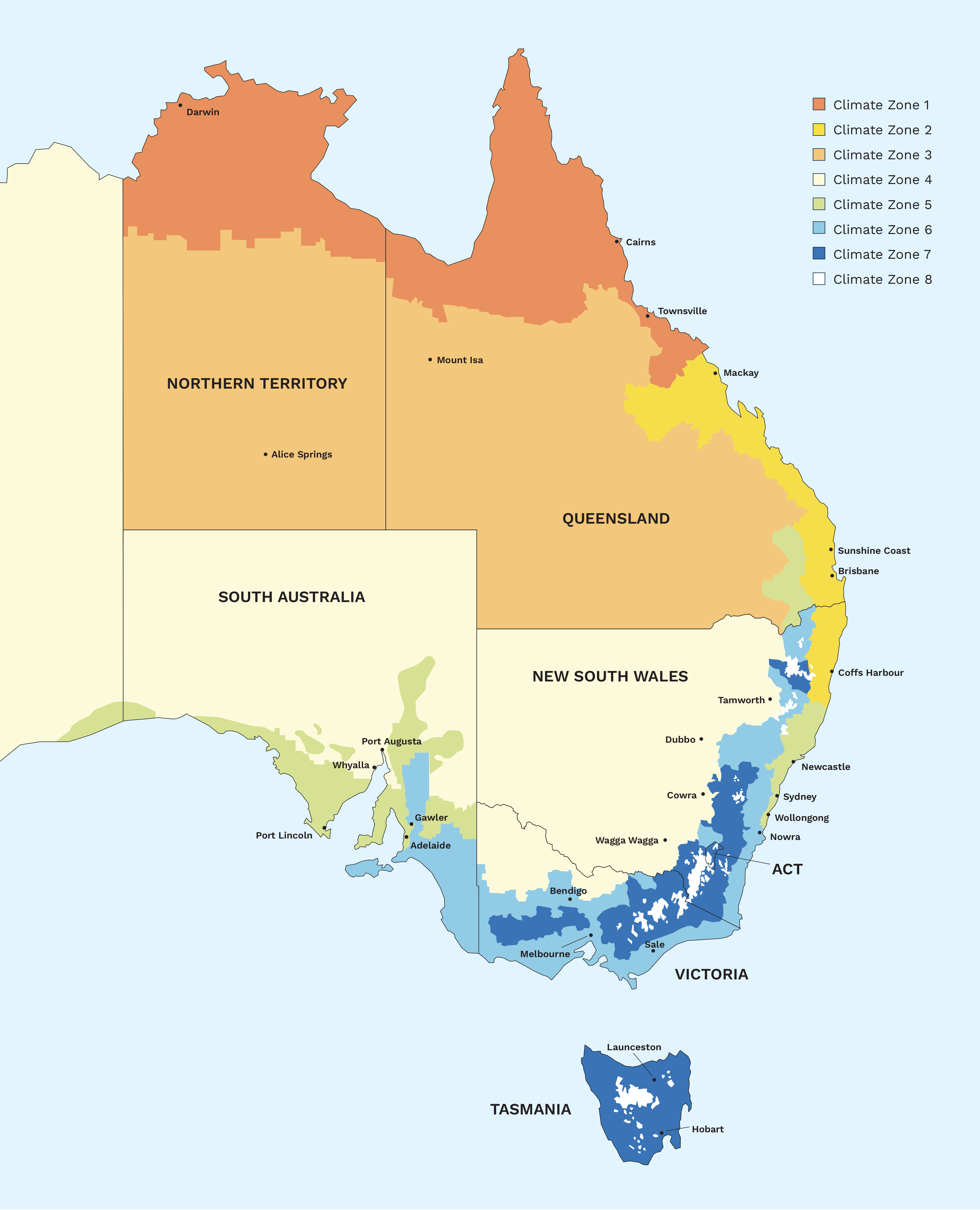
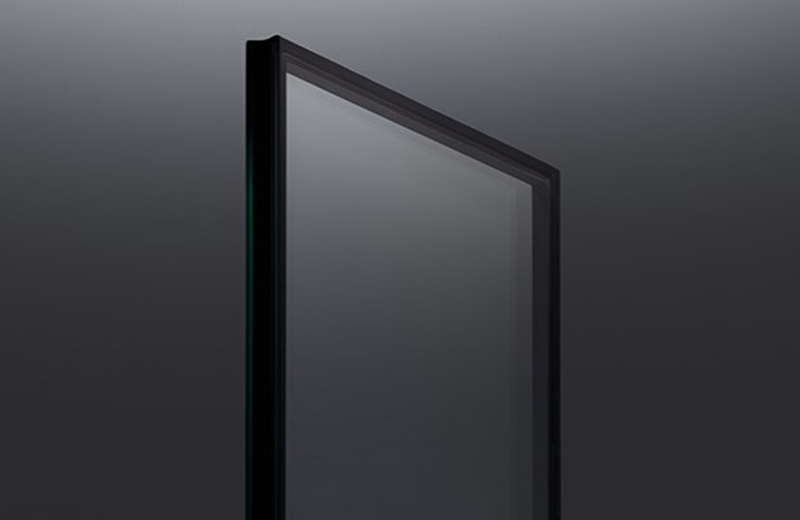
Double Glazed Glass
The cornerstone of superior insulation, double glazing reduces heat transfer and external noise. Additional features include air or gas fills between panes for enhanced performance, and coatings to eliminate condensation.
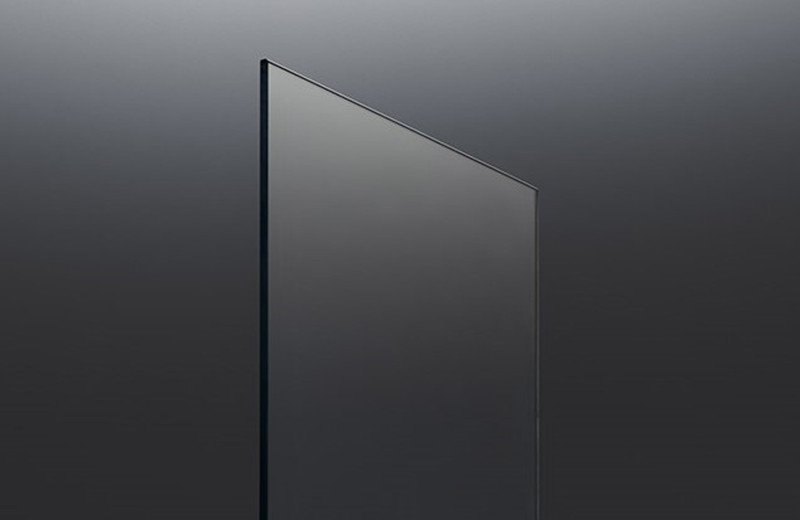
Low-E Glass
Provides excellent year-round insulation, reflecting heat back into your home in winter and reflecting solar heat out in summer. It also protects interiors by reducing fading of furniture and fabrics. Low-E glass coatings can be combined with double glazing for peak efficiency.
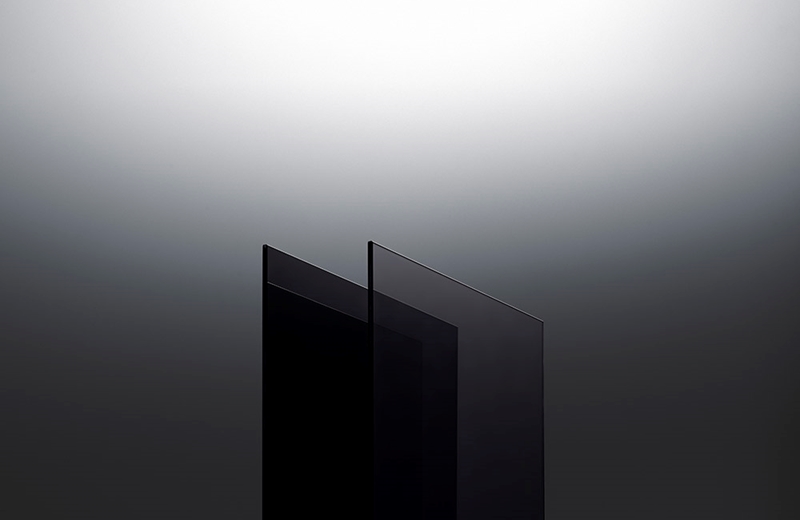
Toned Glass
Ideal for hot climates (think WA and north QLD) the toned glass reduces heat gain and glare, lowering cooling costs and enhancing privacy.
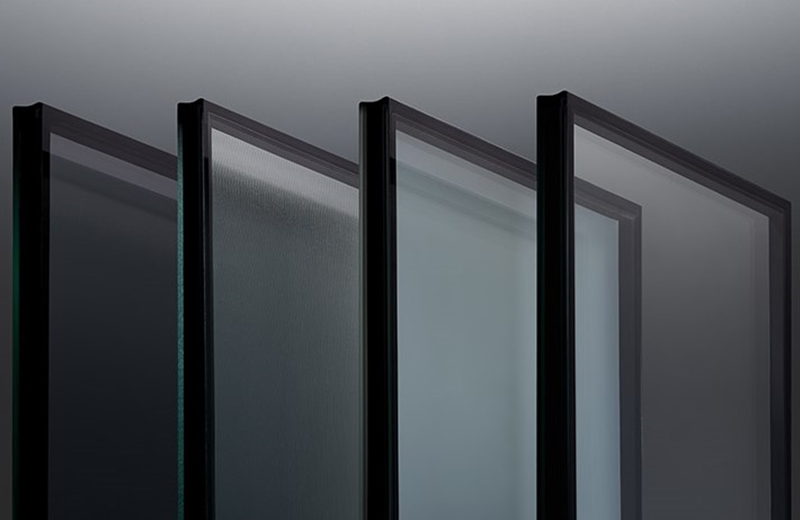
Double Glazed Low-E Glass
This type combines double glazing with a high-performance soft coat Low-E on one or both panes. Double glazed windows can reduce your U-Value (heat transfer rate), helping achieve high star energy efficiency ratings (up to 7-star compliance). Though initially more expensive, double glazed windows deliver substantial long-term savings
Our Additional Glass RangeIn addition to our Comfort Glass range we also offer the following energy efficient glass range:
The cost of Double GlazingWhile double glazing may have a higher upfront cost compared to single-pane glass, it offers significant energy savings over time by reducing heating and cooling demands. It also improves home comfort, acoustic insulation, and protects against condensation. Personalised Expert AdviceSelecting the right glass depends on many factors including your home’s location, orientation, size of windows, and construction materials. Stegbar’s technical experts provide no-obligation advice and help navigate requirements such as energy star ratings or building code compliance. For tailored recommendations and to explore Stegbar’s full range of energy efficient windows and doors, please get in touch here. |
||
|
DISCUSS YOUR PROJECT WITH A CONSULTANT |
Your Cart
QUOTES
x0No products in the Quote Drawer.
Your Stegbar Quote
item(s)Attach Documents(Plans, Reports, Photos)
Installation
Product Selection Summary
No products in the Quote Drawer.
Your Quote
item(s)Quote submitted
Thank you for your quote request.
We look forward to helping you with your project.
You will receive an email confirming your enquiry number.
A Stegbar team member will contact you within two business days to discuss your project.
